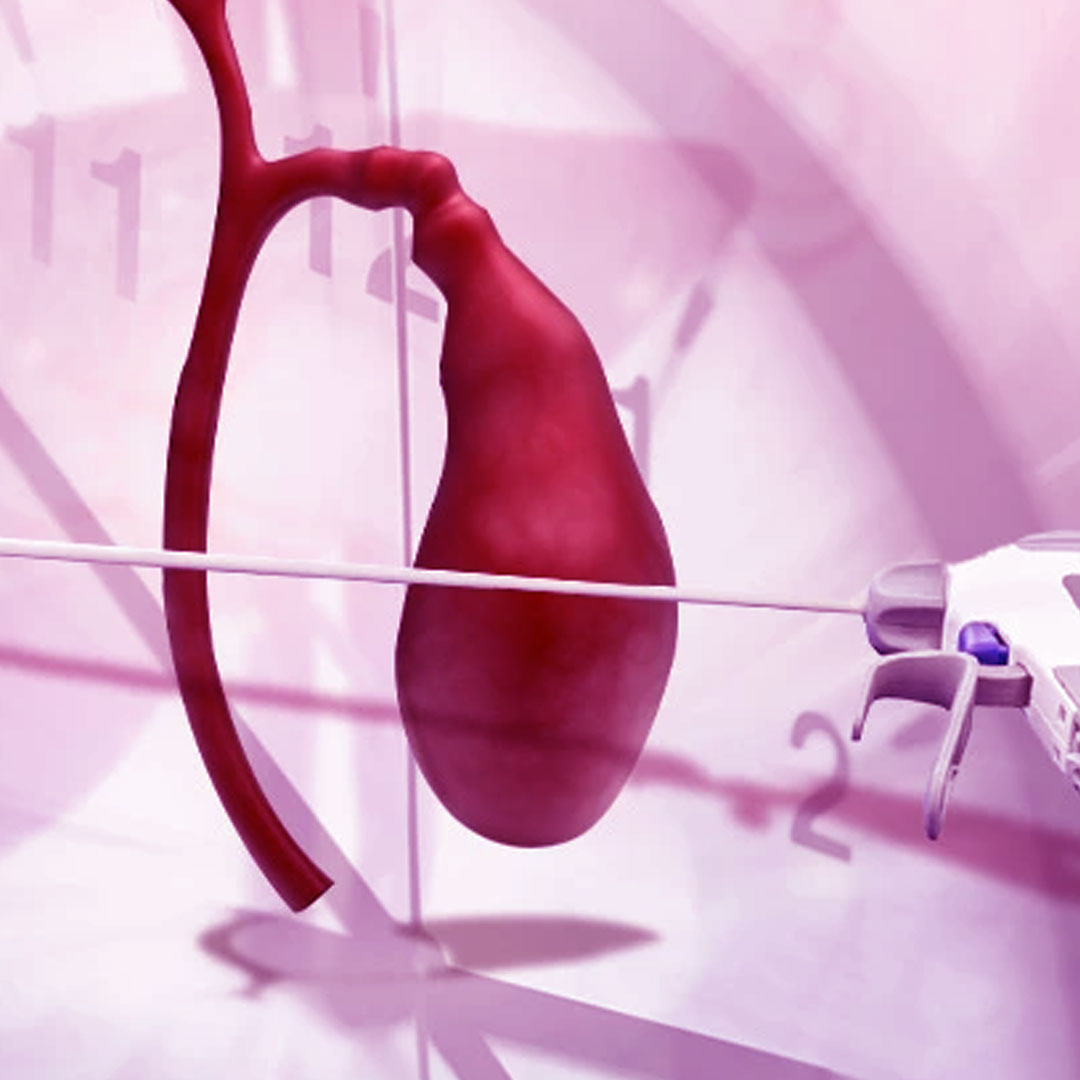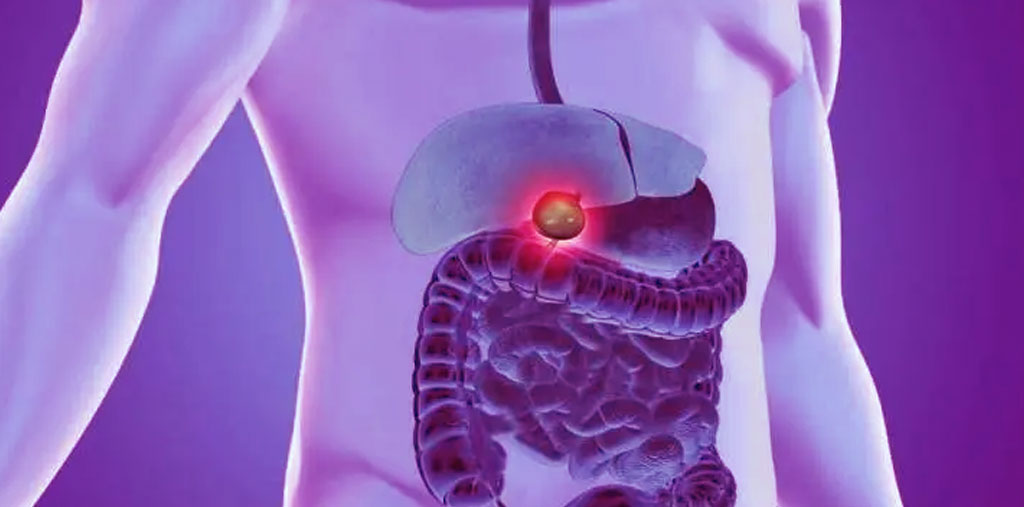Laparoscopic Gallstone Treatment
Laparoscopic Gallstone Treatment

Laparoscopic Gallstone Treatment
Gallstones are a common health issue that can cause severe pain and lead to serious complications if not properly treated. In recent years, laparoscopic surgery has become the preferred method for treating this condition, offering numerous advantages over traditional surgical approaches. In this article, we will explore in detail everything related to laparoscopic gallstone treatment—from how gallstones form, to the stages of treatment, and important post-operative advice.

What Are Gallstones and How Do They Form?
Gallstones are solid deposits that form inside the gallbladder, a small organ located beneath the liver that stores bile needed for digesting fats. These stones are primarily made of cholesterol, calcium salts, or bile pigments.
Factors that contribute to the formation of gallstones include:
- High cholesterol levels in bile
- Reduced gallbladder contractions, causing bile stagnation
- Obesity or rapid weight loss
- Genetic factors or certain diseases such as diabetes
Advantages of Laparoscopic Gallstone Treatment over Traditional Surgery
Laparoscopic gallbladder surgery is one of the most advanced and safest methods for treating gallstones. It is often referred to as laparoscopic cholecystectomy. This method offers several benefits, including:
- Faster recovery:
Patients are usually discharged the same day or the next.
- Less pain:
The incisions are small, resulting in less post-operative pain compared to open surgery.
- Fewer complications:
Lower risk of infection and bleeding.
- Better cosmetic outcome:
Only a small scar remains, often barely visible.
- Quick return to normal life:
Patients can return to work and daily activities within a few days.
Preparing for Laparoscopic Gallstone Treatment
Before undergoing laparoscopic gallstone removal, patients should follow several important preparation steps:
- Undergo necessary tests such as an abdominal ultrasound and blood tests.
- Refrain from eating for 6–8 hours before the procedure.
- Inform the doctor about all medications being taken.
- Stop taking certain medications such as blood thinners if advised by the doctor.
Steps of Laparoscopic Gallstone Surgery
The procedure is performed under general anesthesia and includes the following steps:
- Making 3–4 small incisions in the abdomen.
- Inserting a thin tube with a camera (laparoscope) to view the gallbladder.
- Removing the entire gallbladder if it is damaged, or just the stones in some cases.
- Closing the incisions with cosmetic stitches or medical adhesive.
- Transferring the patient to the recovery room for monitoring.
In certain cases, advanced techniques such as laparoscopic stone fragmentation may be used, especially if the stones are small and numerous.
Post-Surgery Tips After Laparoscopic Gallstone Treatment
After laparoscopic gallbladder surgery, patients should follow these important guidelines to avoid complications:
- Rest for a day or two after the operation.
- Avoid lifting heavy objects or engaging in intense physical activity for two weeks.
- Start with light, low-fat meals.
- Drink plenty of water.
- Contact the doctor if unusual symptoms occur, such as high fever, severe pain, or bleeding.
Can Gallstones Be Treated Without Surgery?
Some may wonder if gallstones can be treated without surgery. In reality, this depends on the size, number of stones, and the presence of symptoms. In some cases, medications may be used to dissolve the stones, or endoscopic procedures may be used to remove them without removing the gallbladder. However, these methods are usually limited in effectiveness and are mostly reserved for patients who are not fit for surgery.
Is It Possible to Live with Gallstones?
Yes, it is possible to live with gallstones if they are small and asymptomatic. However, regular monitoring is essential to prevent complications such as bile duct obstruction or inflammation. If symptoms appear, such as biliary colic or frequent vomiting, surgical treatment becomes necessary.
What Size of Gallstone Requires Surgery?
Surgery is generally recommended if the gallstone:
- Is larger than 2 centimeters
- Causes persistent symptoms
- Poses a risk of complications such as gallbladder inflammation or bile duct obstruction
